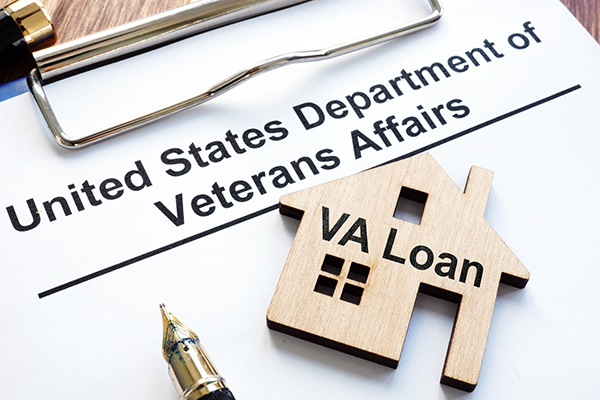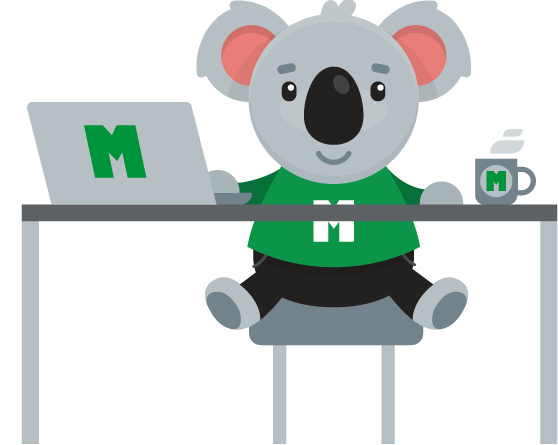
If you qualify for a Veteran’s Administration (VA) loan, it may be the best option for financing your new home. One of the many good things about VA loans is that they have requirements that protect the borrower from paying too many fees. They call these fees “non-allowable fees” and avoiding them can save borrowers a tidy sum.
Let’s look at the benefits of a VA loan, what non-allowable fees are, how they’re determined, and who pays them.

Why Do VA Loans Have Non-Allowable Fees?
The U.S. Department of Veterans Affairs started the program to help active duty military and veterans access affordable housing opportunities. The VA backs all VA loans.
Because of their involvement in the loan program, the VA closely monitors the fees their borrowers are required to pay. After all, their goal and reason for being is to keep loan costs low. The list of expenses they don’t allow is the non-allowable fees.
What Are the Benefits of a VA Loan?
VA loans offer several unique benefits that most other programs don’t. Some of the biggest advantages to borrowers are:
- 100% Financing Options. Being able to get into a house without paying anything down can assist borrowers in purchasing a home years faster than if they had to save tens of thousands of dollars for a down payment.
- Private Mortgage Insurance (PMI) isn’t required. When PMI is required, it’s added to every monthly mortgage payment and can increase the payment significantly. Avoiding PMI is a wise, budget-friendly move.
- Lower-than-average interest rates. The VA offers some of the lowest rates available for mortgages. Over the life of a loan, an interest rate that’s just half a point lower can save the borrower thousands of dollars. Explore the difference that lower interest rates make in the monthly payment with this payment calculator.
- Lower credit score requirements. People who’ve had missteps with paying bills on time or those who carry high debt loads may be able to get approved for a VA loan when their credit scores are too low for other loan programs.
What Are Some Common Non-Allowable Fees?
Here’s a list of non-allowable fees for VA loans.
- Real estate agent fees. Buyers cannot pay their real estate broker or agent fees if they’re using a VA loan.
- Rate lock fees. Locking in an interest rate is smart if the market is volatile. With a VA loan, however, borrowers can’t pay to lock in a rate.
- Appraisals ordered by the lender. The VA will order an appraisal that is an allowable fee. Appraisals ordered by the lender or seller cannot be paid by the buyer.
- Real estate attorney fees. VA loans prohibit borrowers from paying attorney fees.
How Do Non-Allowable Fees Work?
If you’ve secured a mortgage loan before, you know the list of fees is a long one. VA loans cap lender fees at 1% of the loan amount. This is known as a “flat fee.”
The flat fee can end up being thousands of dollars cheaper than the fees a borrower would incur with a traditional mortgage loan. The 1% will cover costs like the loan application processing, appraisal fees, escrow fees, documentation fees, and a few other allowable fees.
The flat fee helps borrowers budget easier, as it helps avoid extra, unexpected fees tacked on during the process.

Who Covers Non-Allowable Loan Fees?
There may be non-allowable fees during the mortgage process that someone other than the buyer has to cover.
- Seller pays. The seller is usually the party that ends up covering non-allowable fees. When the seller covers the fees, this is called a “seller concession.” Keep in mind that sellers can’t have concessions that are over 4% of the loan amount.
- Lender pays. Lenders may end up covering non-allowable loan fees if the fees weren’t included in the original application.
- Real estate agent pays. If there are fees that no other party will cover, the borrower’s agent may pay them just to keep the deal alive.
Service people who want to buy a home should look closely at a VA loan. It offers distinct advantages and money-saving opportunities that you can’t find in other loan programs. Be aware of and prepared for non-allowable fees, and make a plan for who will be covering them.
Excludes other VA-permissible itemized charges. VA loans require a VA Funding Fee that may be financed in the loan or paid out of pocket at closing. **In addition to the eligibility criteria outlined in the presentation that all eligible Veterans and Reservists must meet all VA income, asset, and property requirements.
![Mortgage Investors Group in [Dynamic1]](../assets/images/mortgage-investors-group.svg)


